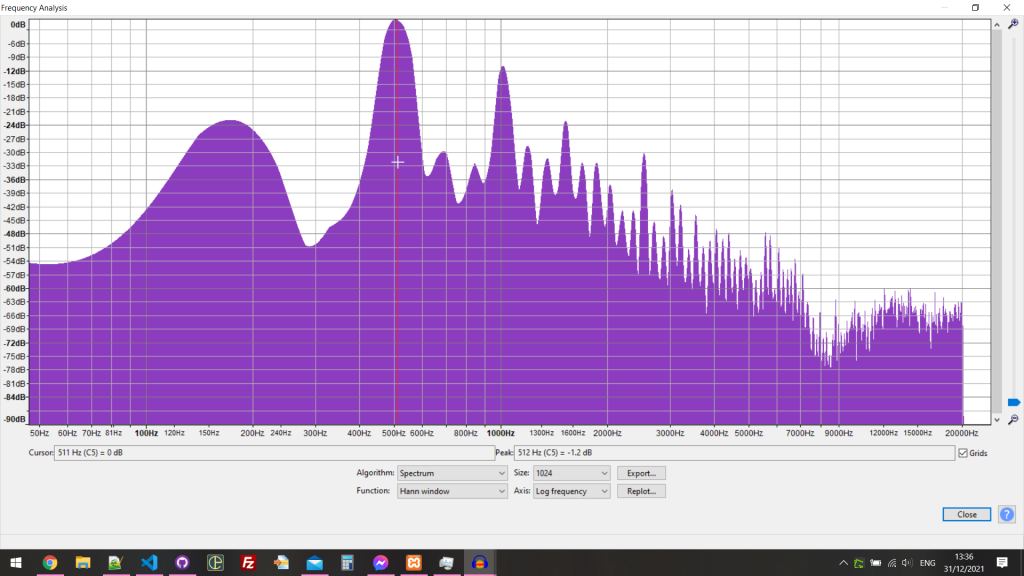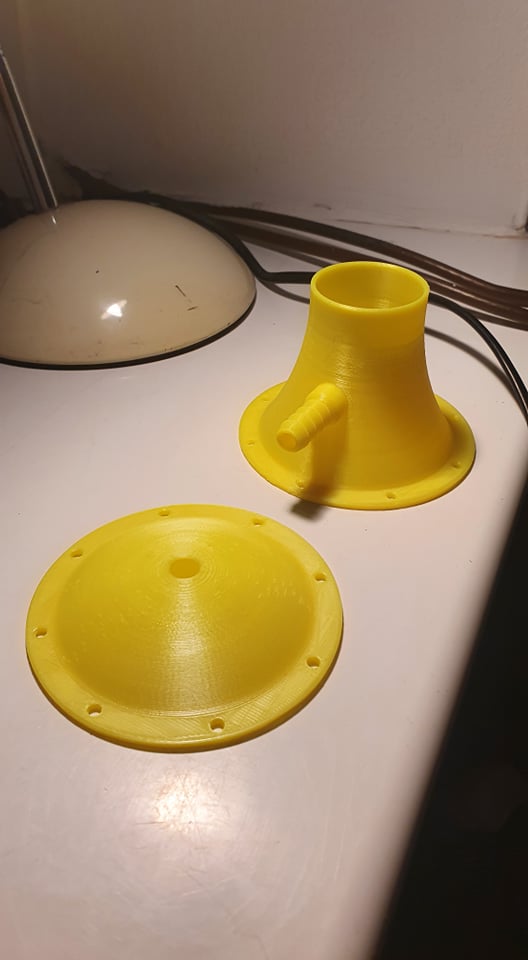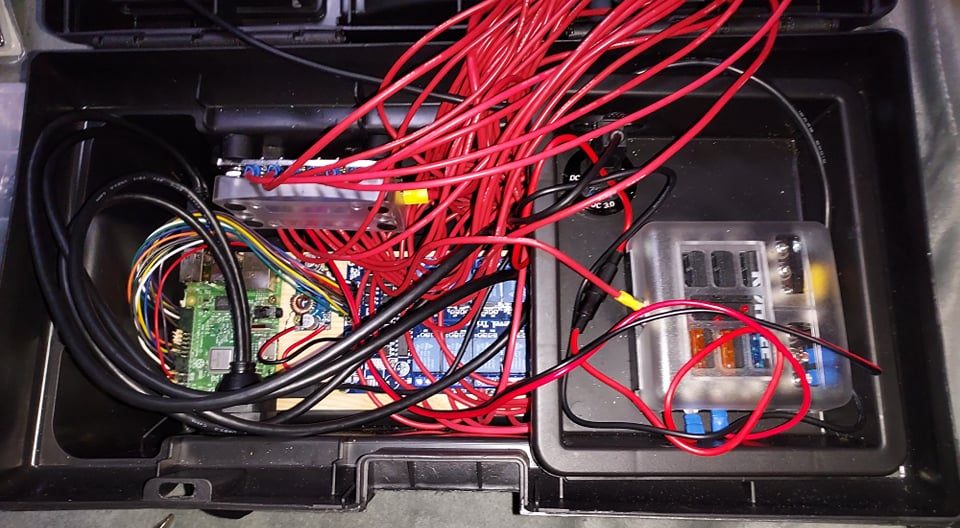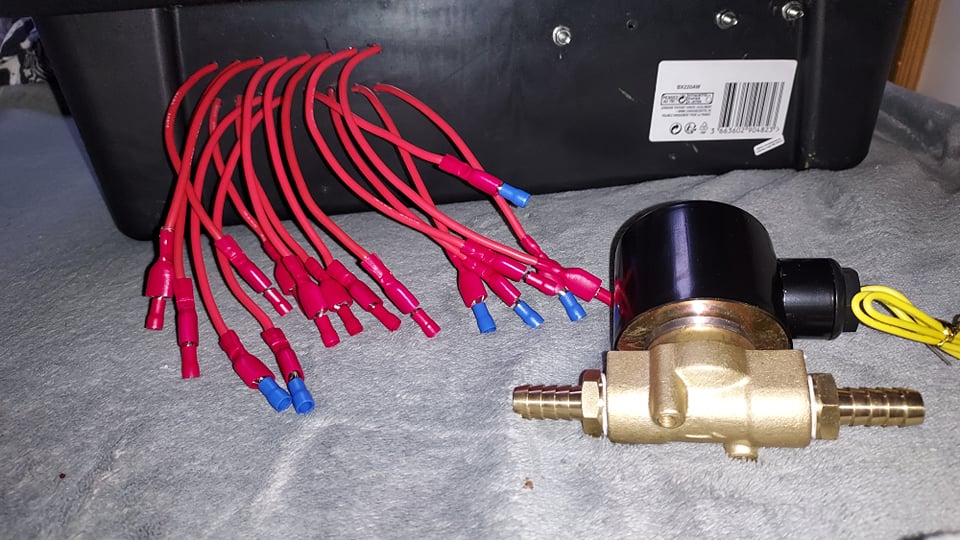Further progress is being made with the train horn piano.
I’ve cut a pipe for the low E2 and for the E3 an octave above that and tested these out with the new battery and rig.
Unfortunately, my E2 is overblowing at the moment. Upon plugging the original test tube (roughly A♭) back in, I found that was overblowing as well. This leads me to believe that the issue lies with the compression chamber, which has developed cracks from the tube being ever so slightly too large for the prototype chamber.

Sure enough, frequency analysis shows the fundamental frequency of around 165hz at -24dB, with a large overtone spiking at 493hz. Whilst the fundamental frequency is still clearly present, unfortunately, this is perceived as a high B4 and not the E2 we want.
I loaded up the templates last week and made a precise 35mm hole in the compression chamber and horn, removing the slight flange that was there in the original designs. I’m waiting on the prints at the moment from Sarah.

Hopefully plugging the tube into these new, undamaged parts will stop the horn from overblowing. Failing that, we can look at using a different diaphragm material, or, possibly try drilling a hole at the anti-node of the overtone which is sounding.
Wiring for the brain box is fully complete.


We now have continuity from the 30A breaker to a live bus bar, which distributes power to 16x 2A fuses, which then go to the common terminal for each relay on the relay board, and then wires from the normally closed terminal of each relay out the back of the box, which is where the horn solenoids will be plugged in.
Nothing else in the box needs to be touched now, although I do still have to wire up the battery ground wire and then wire in each of the 16 solenoids to the live and body ground.
Also, I’m learning how to use Linux’s udev system in order to make switching between internal MIDI playback and keyboard playback easier. I’ve altered the MIDI to GPIO software to always pick the last device on the MIDI inputs list by default, and would like to use udev to restart this service when a device is plugged in or disconnected.
In addition, I still need to do some work on the web interface for playback of MIDI files.
As always, more to follow!